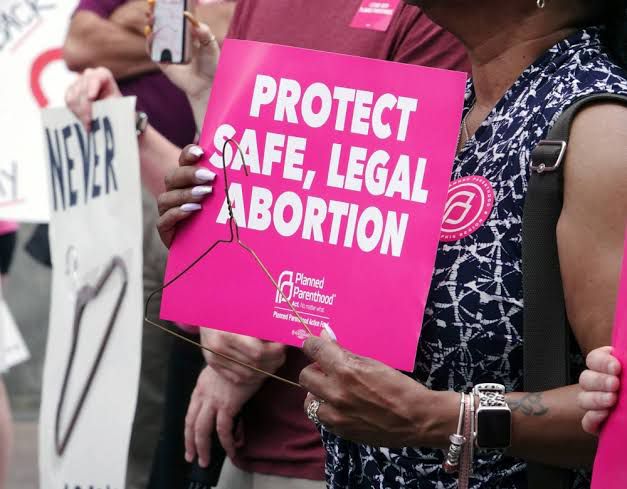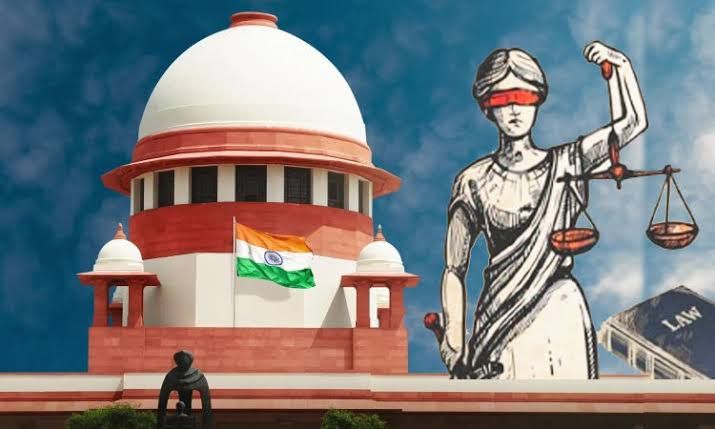CASE: Ayodhya Dispute – M. Siddiq (D) Thr Lrs v. Mahant Suresh Das & Ors (2019)
AUTHOR: Chestha Sharma , B.COM LL.B (4TH YEAR), Greater Noida College of Law
The Ayodhya land dispute, which culminated in the Supreme Court’s 2019 verdict, is rooted in centuries-old historical and religious tensions. The conflict primarily revolves around a 2.77-acre plot of land in Ayodhya, Uttar Pradesh, believed by Hindus to be the birthplace of Lord Ram. This site is also where the Babri Masjid, constructed by Mughal commander Mir Baqi in 1528, once stood.
Over the centuries, the site became a focal point of contention, with both Hindu and Muslim communities claiming rights to it. The modern legal dispute began in the late 1940s when idols of Lord Ram were placed inside the mosque, leading to legal actions and the site being locked down by authorities.
- Timeline of Key Events
1. 1949: Idols of Ram Lalla were placed inside the Babri Masjid, leading to communal tensions. The site was locked, and both Hindu and Muslim parties filed suits claiming ownership.
2. 1986: The courts ordered the unlocking of the site for Hindu worship, sparking renewed tensions.
3. 1992: The Babri Masjid was demolished by Hindu activists, leading to widespread riots and violence across India.
4. 2010: The Allahabad High Court delivered a judgment dividing the disputed land among three parties—Ram Lalla, Nirmohi Akhara, and the Sunni Waqf Board.
5. 2011: The Supreme Court stayed the High Court’s judgment and took over the case.
- Supreme Court Proceedings
The Supreme Court’s hearings in 2019 were extensive, lasting 40 days, and involved detailed arguments from all parties involved. The key parties included:
– Ram Lalla Virajman: Representing the deity Lord Ram.
– Nirmohi Akhara: A Hindu religious denomination claiming management rights.
– Sunni Waqf Board: Representing the Muslim community’s claim to the site of the demolished mosque.
- Legal Issues and Arguments
1. Title Suit: The core issue was determining the rightful ownership of the disputed land. Each party presented historical, legal, and religious evidence to support their claims.
2. Religious Rights: Both communities asserted their rights to worship at the site, necessitating a balance between religious freedoms and historical claims.
3. Archaeological Evidence: The Archaeological Survey of India (ASI) conducted excavations, finding remnants of a non-Islamic structure beneath the mosque, which became a crucial piece of evidence.
4. Legal Standing of Deities: The court had to consider the legal status of deities, as Hindu parties argued that Ram Lalla, as a deity, held juristic personality and could own property.
5. Doctrine of Adverse Possession: The Sunni Waqf Board claimed adverse possession, arguing continuous and uninterrupted possession of the site for over 400 years.
- Supreme Court’s Decision
On November 9, 2019, the Supreme Court delivered a unanimous judgment aimed at resolving the long-standing dispute:
1. Ownership to Ram Lalla Virajman: The court awarded the entire disputed 2.77-acre land to Ram Lalla Virajman, recognizing the deity’s legal status and historical significance of the site to Hindus.
2. Land for Mosque: The court directed the government to provide a 5-acre plot to the Sunni Waqf Board at a prominent location in Ayodhya for the construction of a mosque, ensuring that the Muslim community had a place to worship.
3. Archaeological Evidence: The court acknowledged the ASI’s findings but emphasized that legal and historical evidence played a critical role in their decision.
4. Rejection of Adverse Possession: The court found that the Sunni Waqf Board failed to establish continuous and uninterrupted possession of the disputed land.
- Significance of the Verdict
1. Historical Resolution: The verdict aimed to bring closure to a conflict that spanned centuries, addressing both historical grievances and contemporary legal claims.
2. Communal Harmony: By allocating land for both a temple and a mosque, the court sought to promote communal harmony and respect the sentiments of both communities.
3. Judicial Approach: The decision demonstrated a balanced judicial approach, considering archaeological, historical, and legal evidence while upholding constitutional values of secularism and religious freedom.
4. Precedent for Future Cases: The principles established, particularly regarding the legal status of deities and the interpretation of historical evidence, will guide future cases involving religious and land disputes.
- Legal and Social Impact
The Supreme Court’s judgment in the Ayodhya dispute has had profound legal and social impacts:
1. Legal Precedents: The case set important legal precedents for the recognition of deities as juristic persons and the interpretation of historical and archaeological evidence in property disputes.
2. Communal Relations: The judgment aimed to foster reconciliation and peace between Hindu and Muslim communities, emphasizing the need for mutual respect and coexistence.
3. Policy Implications: The decision highlighted the importance of clear government policies on land and religious sites, ensuring that similar disputes are managed effectively in the future.
- Conclusion
The Ayodhya dispute, with its deep historical roots and complex legal questions, presented a formidable challenge for the Indian judiciary. The Supreme Court’s 2019 verdict, delivered with unanimity and sensitivity, sought to heal long-standing wounds and pave the way for a peaceful future. By balancing the rights and sentiments of both Hindu and Muslim communities, the court not only resolved a legal battle but also took a significant step toward promoting communal harmony and national unity.
This case remains a landmark in Indian legal history, illustrating the judiciary’s role in navigating complex social and religious issues while upholding the principles of justice, fairness, and equality. The Ayodhya verdict is a testament to the power of law in resolving even the most entrenched conflicts, offering hope for a more harmonious and inclusive society.




